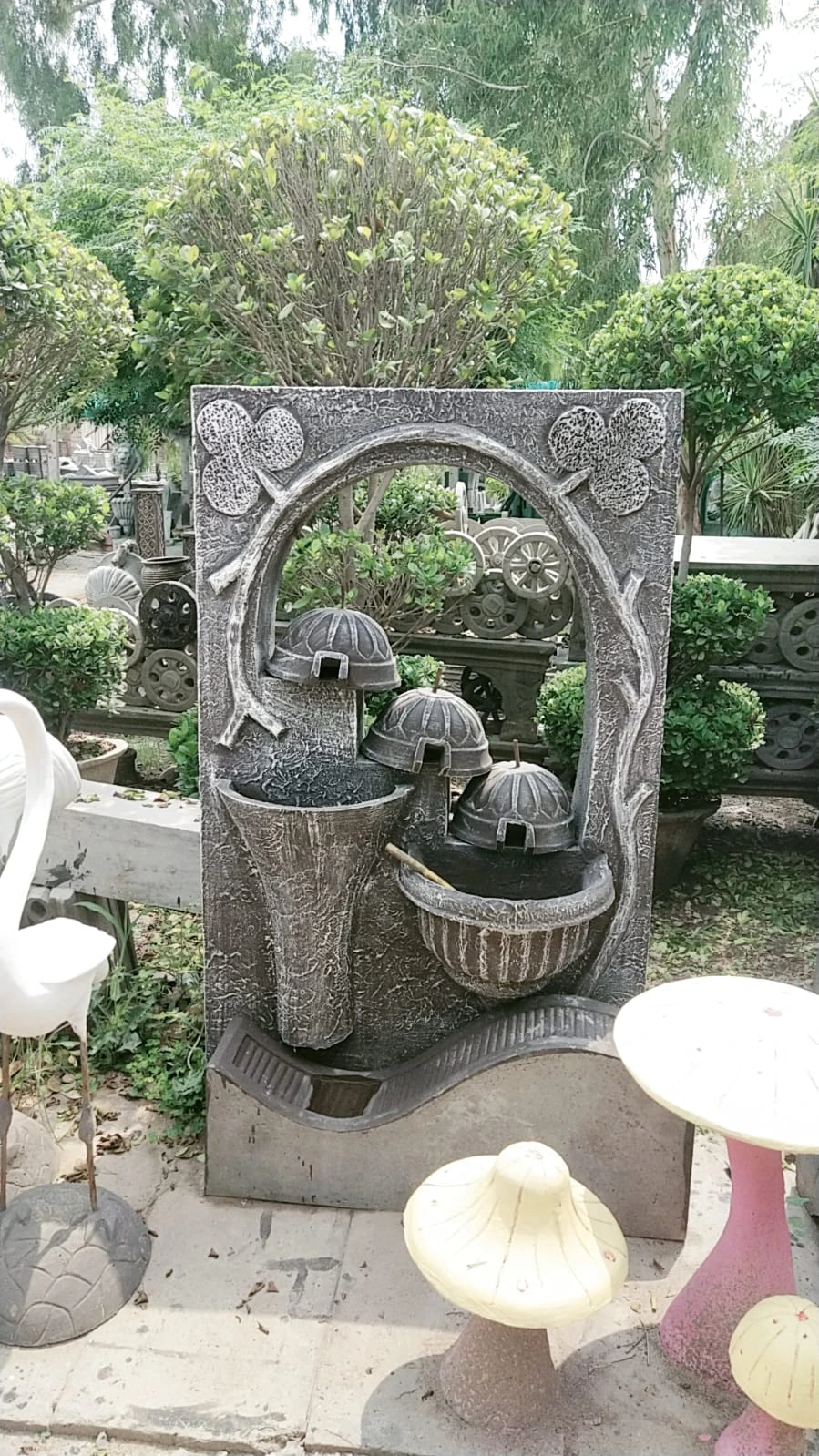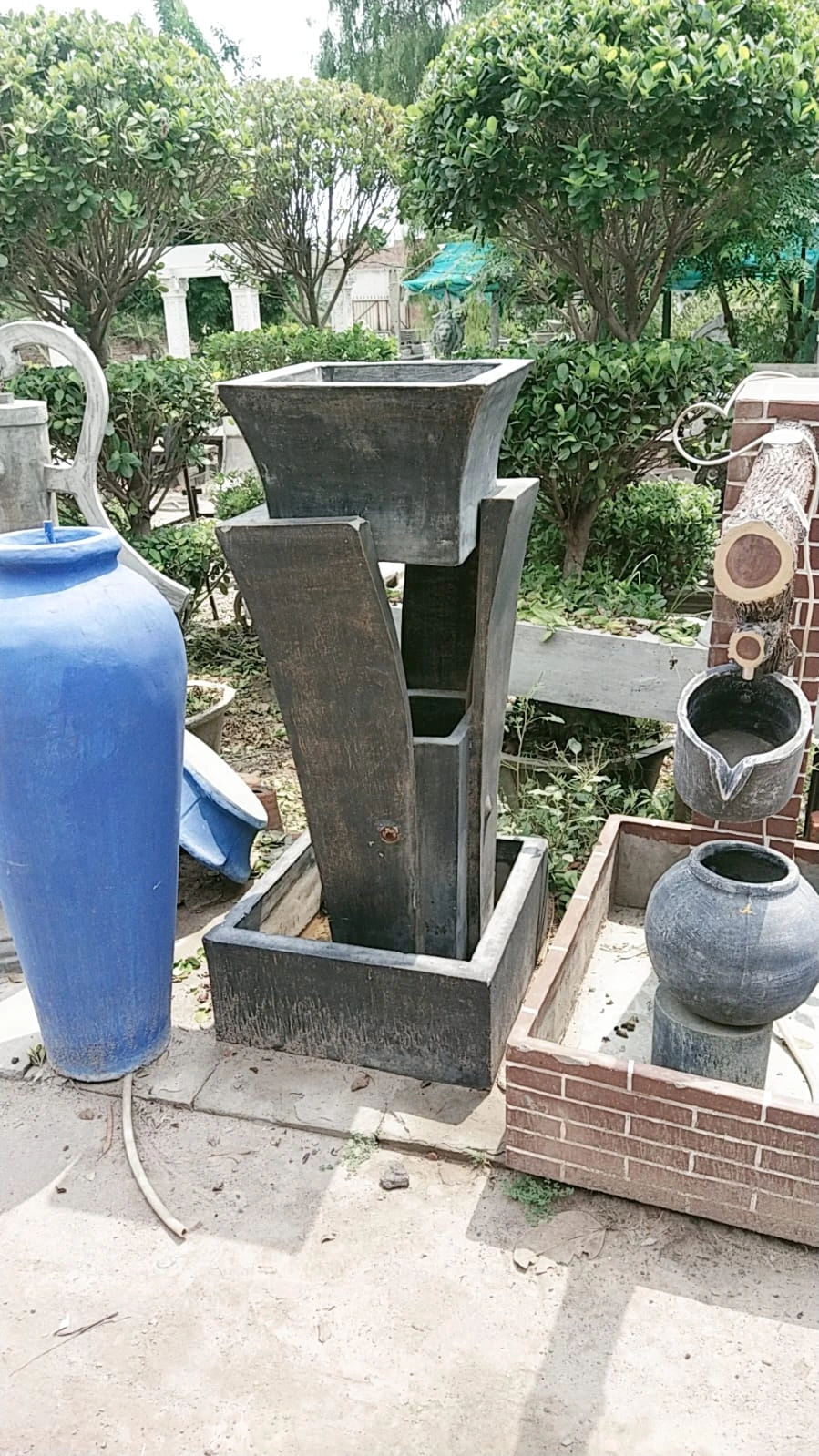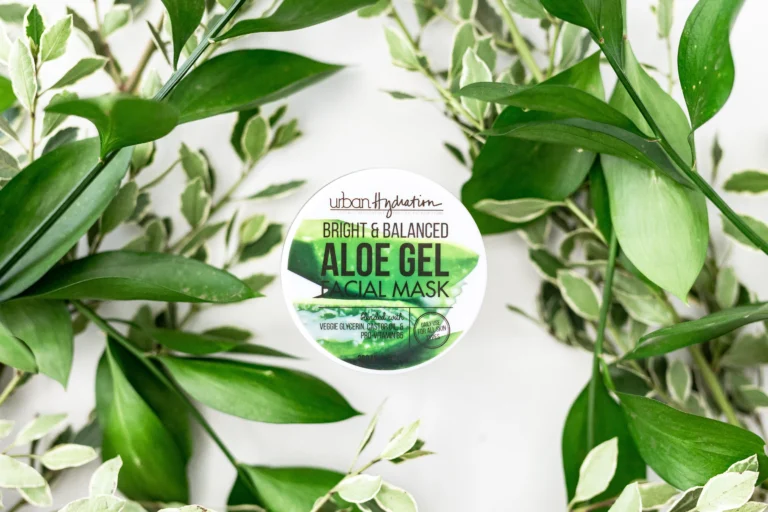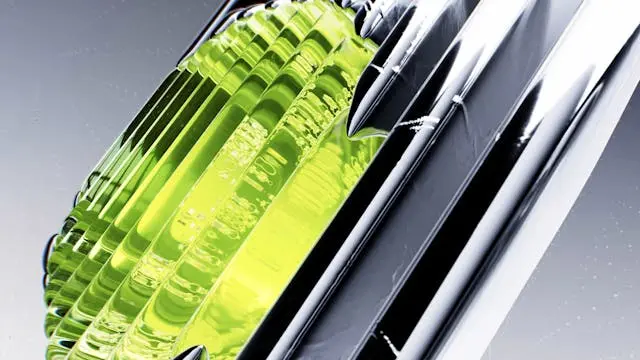ELEGANT WALL FOUNTAIN OUTDOOR DESIGNS FOR TRANQUILITY
In today’s fast-paced world, people are increasingly seeking ways to reconnect with nature and bring tranquility into their living spaces. One growing trend that reflects this desire is the installation of outdoor wall fountains. These beautiful and functional features are not only visually appealing but also provide calming soundscapes, promote relaxation, and enhance the value of both residential and commercial properties.
This article explores the history and contemporary relevance of wall fountains outdoors, with a particular focus on their significance in Europe, Australia, and New Zealand.
The Timeless Charm of Outdoor Wall Fountains
Wall fountains date back centuries, with their origins deeply rooted in ancient civilizations such as those of Rome, Greece, and Persia. Historically, fountains served both practical and decorative purposes, supplying water to public spaces while also acting as symbols of luxury, elegance, and architectural grandeur.
Today, wall fountains continue this legacy, blending tradition with modern design. They are typically mounted on exterior walls or fences and can be powered by electric pumps or solar energy, making them both efficient and eco-friendly.

Aesthetic and Functional Benefits
Outdoor wall fountains offer a wide range of benefits that go far beyond their visual appeal:
1. Tranquility and Relaxation
The soothing sound of flowing water can significantly reduce stress and promote mindfulness. This is especially beneficial in urban environments where noise pollution is common.
2. Space-Saving Design
Unlike free-standing water features, wall-mounted fountains are ideal for smaller gardens, patios, or balconies, making them perfect for urban homes.
3. Increased Property Value
An elegant wall fountain can enhance curb appeal and potentially increase property value, especially in high-end real estate markets.
4. Natural Cooling and Humidity
Water features naturally cool the surrounding air and can help maintain humidity levels, benefiting nearby plants and providing relief during warmer months.
Wall Fountains in Europe: A Deep Cultural Connection
Historic Legacy
Europe boasts some of the world’s most iconic fountains, many of which are integrated into the walls of historical buildings and public squares. Countries like Italy, France, and Spain have long embraced the fountain as a central element of their architectural heritage.
Contemporary Use
In modern European homes and gardens, wall fountains continue to serve as sophisticated design elements. In cities like Rome, Barcelona, and Paris, residential courtyards often feature small wall-mounted fountains that evoke the charm of old-world Europe.
In Northern Europe, where minimalist and eco-conscious design is popular, wall fountains made from natural materials like stone or copper are in demand. The trend reflects a desire to merge art, nature, and sustainability.
Wall Fountains in Australia: Embracing Outdoor Living
A Natural Fit for Australian Lifestyles
Australia is renowned for its outdoor-centric culture. With vast gardens, patios, and courtyards being standard features in many homes, outdoor décor is an essential aspect of Australian living.
Wall fountains perfectly complement this lifestyle. They are often incorporated into outdoor kitchens, pool areas, and garden nooks to create relaxing and stylish environments.
Climate-Driven Design
Given Australia’s diverse climate—from the tropical north to the temperate south—wall fountains serve not just as aesthetic enhancements but also as climate-sensitive features. In hotter regions like Queensland, they contribute to cooling outdoor spaces, while in cooler southern areas like Victoria, they add visual warmth and texture.
Popular Styles
In Australia, popular styles range from rustic and Mediterranean-inspired designs to contemporary, minimalist wall fountains crafted from concrete, metal, or glass. The use of native Australian stones and sustainable materials is also gaining popularity, aligning with the country’s environmental consciousness.
Wall Fountains in New Zealand: Blending Nature and Design
Harmony with Natural Landscapes
New Zealand’s awe-inspiring natural landscapes inspire homeowners to incorporate outdoor elements that reflect the beauty of their surroundings. Wall fountains fit seamlessly into this ethos, offering a serene focal point that complements lush gardens and natural materials.
In both the North and South Islands, wall fountains are commonly seen in private gardens, eco-resorts, and boutique lodges. These installations often use native stones like basalt or schist, which blend beautifully with the natural environment.
Maori and Pacific Influences
Some modern fountain designs in New Zealand are inspired by Maori patterns and Pacific motifs, adding cultural depth to their visual appeal. These designs connect residents with local traditions and offer a unique sense of place.
Materials and Design Trends Across Regions
While preferences can vary depending on region and climate, several universal design trends have emerged:
1. Natural Stone and Slate
Materials such as limestone, granite, and slate are favored for their durability and timeless appeal. They’re especially popular in Europe and New Zealand, where earthy aesthetics are celebrated.
2. Metal Finishes
Copper, bronze, and stainless steel are increasingly being used in modern and minimalist designs. These materials are popular in urban areas of Australia and Europe for their sleek appearance and weather resistance.
3. Solar-Powered Fountains
With growing environmental awareness, many homeowners now opt for solar-powered wall fountains. This trend is particularly strong in Australia and New Zealand, where solar energy is abundant and widely adopted.
4. Integrated Lighting
LED lighting, often used to illuminate fountains at night, adds a dramatic and luxurious touch. This feature is popular in upscale properties across all regions, enhancing ambiance and safety.
Installation and Maintenance Tips
Installing a wall fountain requires careful planning to ensure longevity and optimal performance. Here are some tips to keep in mind:
- Choose the Right Location: Consider visibility, sunlight, and proximity to power sources (or solar exposure).
- Ensure Proper Mounting: Wall fountains can be heavy. Secure installation on a reinforced wall is essential.
- Water Source and Drainage: Ensure easy access to a water source and proper drainage to avoid overflow or damage.
- Regular Cleaning: Algae and debris can accumulate over time. Routine cleaning will maintain water quality and fountain appearance.
- Winterizing (Europe): In colder European climates, fountains should be drained and protected during winter to prevent cracking or motor damage.
Commercial Use: Adding Prestige to Businesses
Beyond residential spaces, wall fountains are also a popular choice in commercial settings:
- Hotels and Resorts: Create a luxurious and serene first impression.
- Spas and Wellness Centers: Enhance the therapeutic ambiance with calming water sounds.
- Restaurants and Cafes: Add aesthetic appeal and soften noise levels in outdoor dining areas.
- Offices and Clinics: Provide a peaceful, welcoming atmosphere for clients and employees.
In countries like Italy, France, Australia, and New Zealand, boutique hospitality businesses increasingly use outdoor wall fountains as statement pieces that reflect quality and sophistication.
The Psychological Impact of Water Features
Numerous studies have shown the positive psychological effects of water features. They can reduce anxiety, improve concentration, and foster a sense of calm. This has fueled their popularity in wellness-oriented homes and businesses worldwide.
In urban environments—where nature is limited—wall fountains act as a substitute for natural water bodies, offering a slice of serenity amidst the chaos of city life.
Conclusion: A Global Trend with Local Charm
Whether it’s a centuries-old courtyard in Europe, a sun-drenched patio in Australia, or a lush garden retreat in New Zealand, outdoor wall fountains offer timeless beauty, functionality, and emotional well-being.
Their ability to transform any space—regardless of size or style—makes them an increasingly popular feature in both private homes and public settings. By combining aesthetic value with practical benefits, wall fountains represent a harmonious blend of nature, art, and design across the globe.
As trends continue to favor sustainable living and holistic wellness, the outdoor wall fountain is poised to remain a beloved fixture in gardens and outdoor spaces for years to come.










